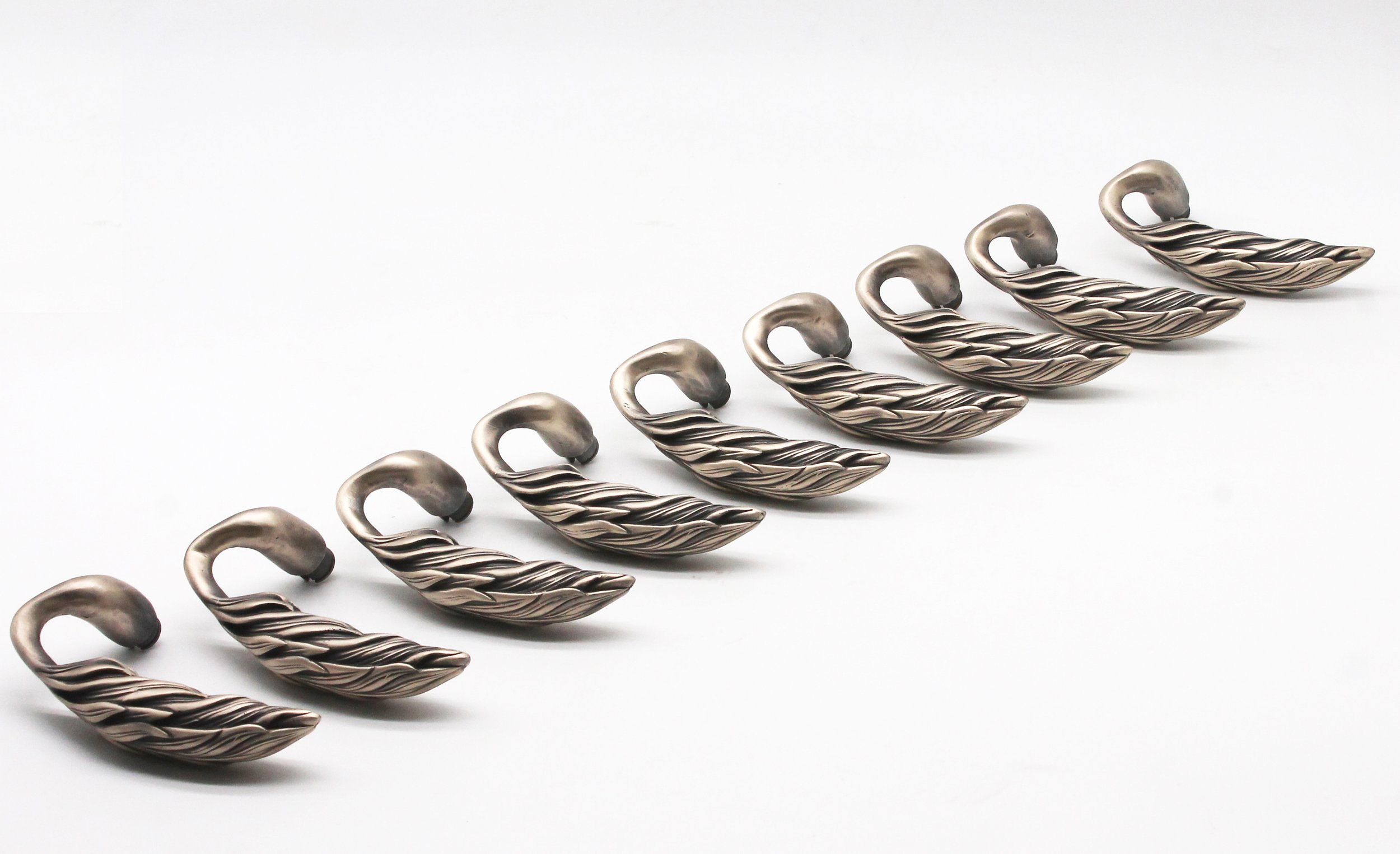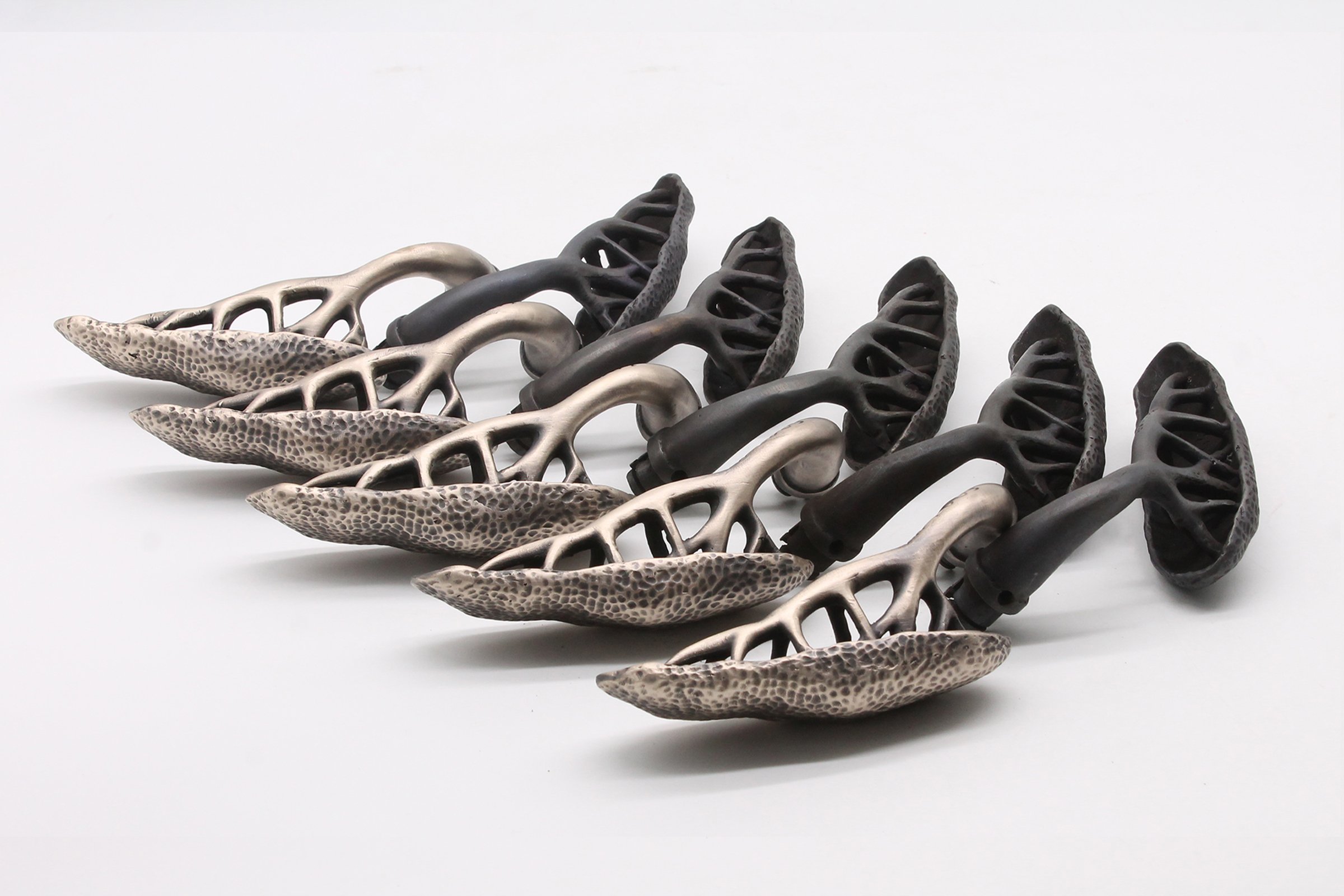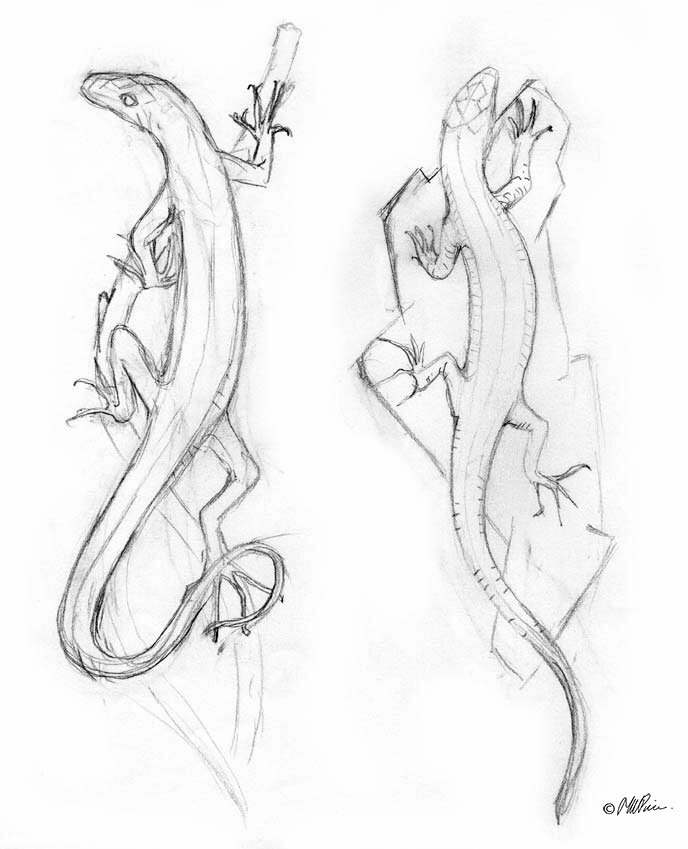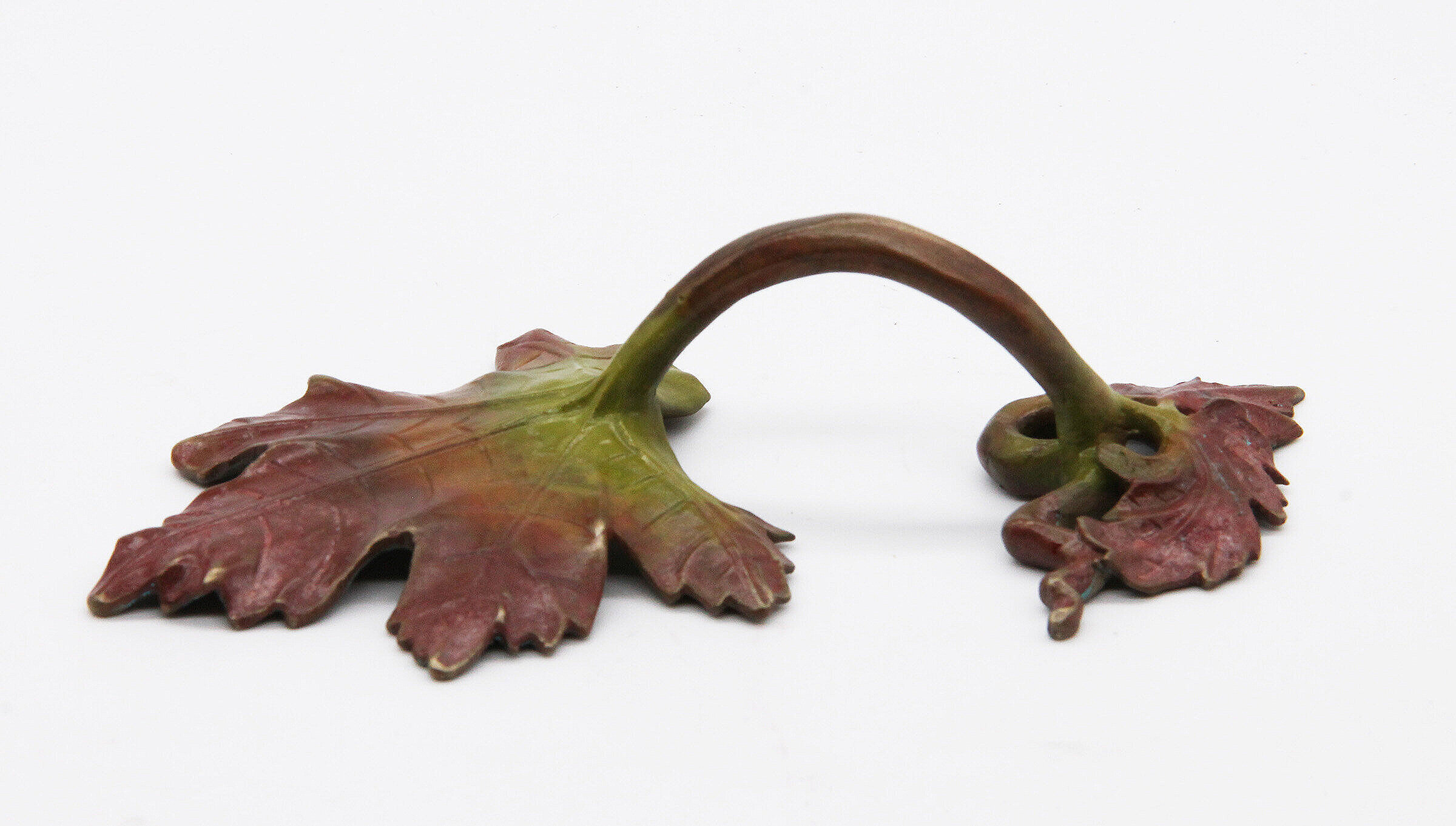A flock of dragonflies?
While birds of a feather may flock together this is not the case for dragonflies. While they may gather as a group over a pond this is a fleeting scene that happens during mating when males compete for woman and afterwards when females deposit their fertilized eggs.
While they do not flock together they do make for a wonderful display and a recently completed order for 30 grabbed my attention when walking though the patina room.
The castings below were first “chased” an odd term meaning to remove metal burrs, scratches and other imperfections using grinders and sanding disks. After the metal surface is chased we apply the patina and once dry buff the wing veins and other raised areas to remove it and re-expose the bronze.
Looking back over my collection of dragonfly photos I came across the common hawker taken when visiting England and the flame skimmer and blue dasher dragonflies taken in my garden pond in Los Angeles. The male hawker pictured below is distinguishable by it’s black abdomen with blue and yellow spots. The female has a brown abdomen with similar markings. One fascinating talent the female has to avoid copulating is to fall from the sky as if in the throes of death, an act that effectively deters most suitors.
The common hawker, hawks for mosquitos, flies, lacewings and small flying insects and can be seen doing so around hedgerows and over still water.
The blue dasher can be seen in much of North America and was the model Martin Pierce used to formulate his blue patina
The flame skimmer is perhaps the most frequent dragonfly attending our pond and together with our mosquito fish helps reduce the mosquito larvae population around our home.











































